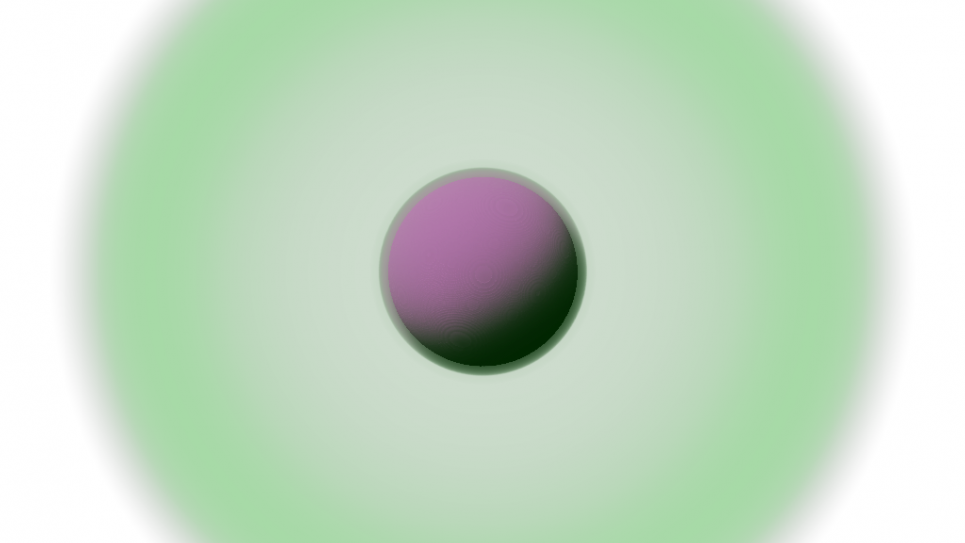
Lattice QCD
Using DOE leadership computing resources, this INCITE project is addressing key science questions in high-energy and nuclear physics research to support and complement major experimental programs in these areas. The team’s research in lattice quantum chromodynamics (QCD) addresses fundamental questions in high energy and nuclear physics that are essential to meeting a number of DOE Office of Science milestones.
A central objective of the project is to generate gauge configurations, which are representative samples of the QCD ground state used by the more than 100 U.S. QCD theoretical physicists to determine a wide range of physical quantities of importance in high energy and nuclear physics. The configurations will enable researchers to push the search for new effects in flavor physics to yet higher energies. They also enable lattice calculations required throughout the DOE’s Intensity Frontier program, such as Fermilab’s Muon g-2 and neutrino scattering experiments.
A second target for this project is to calculate the fluctuations in conserved quantities, such as electric charge, baryon number, and strangeness in the quark gluon plasma produced at Brookhaven National Laboratory’s Relativistic Heavy Ion Collider (RHIC) and CERN’s Large Hadron Collider. These fluctuations provide valuable information about this new state of matter, and are an important signal for the QCD phase transition sought in the Beam Energy Scan being carried out at RHIC.